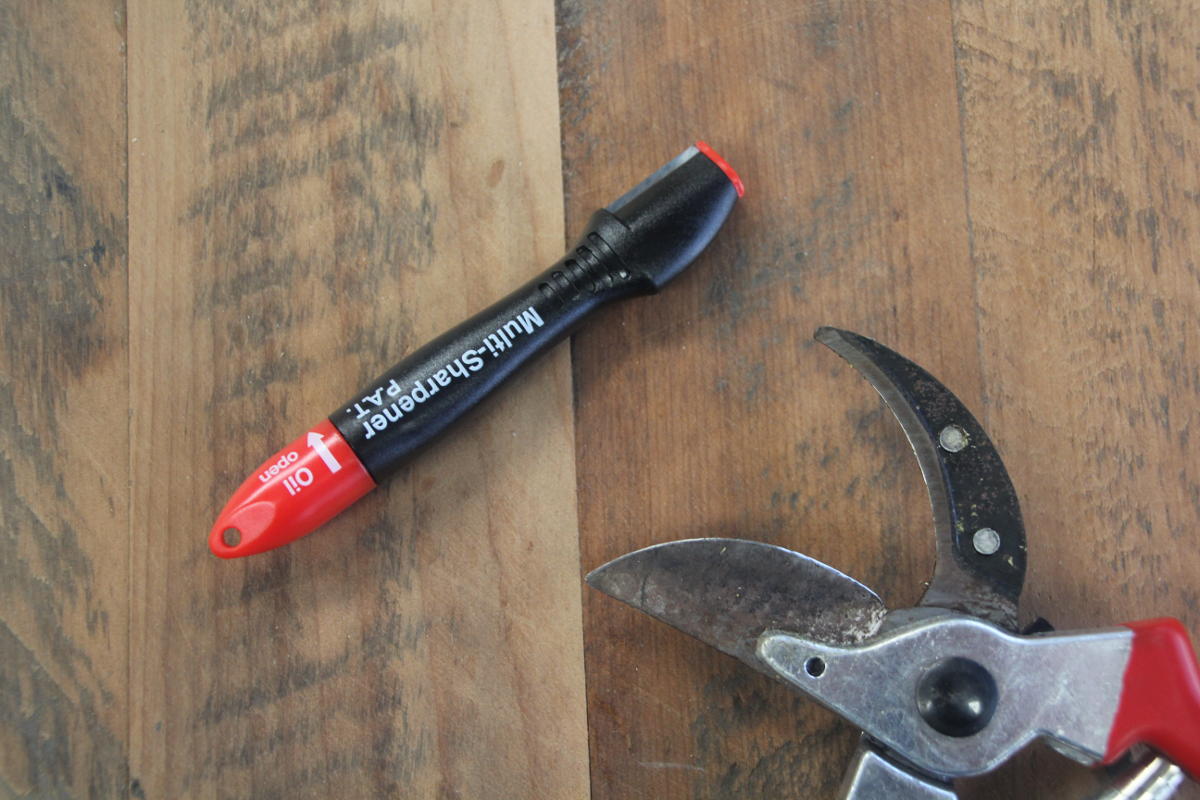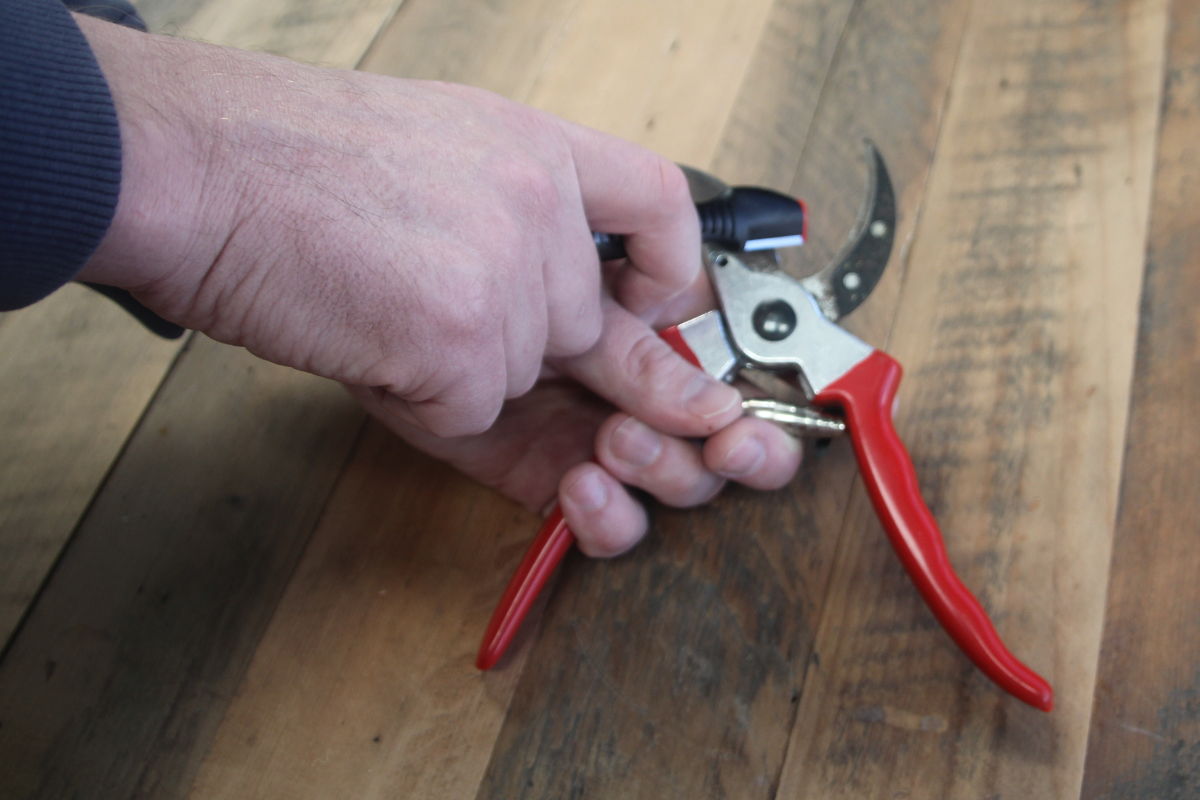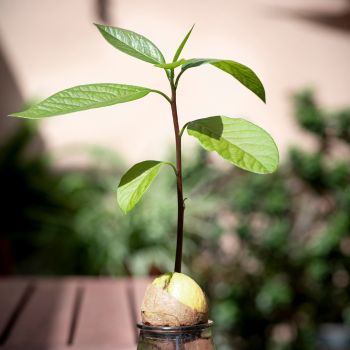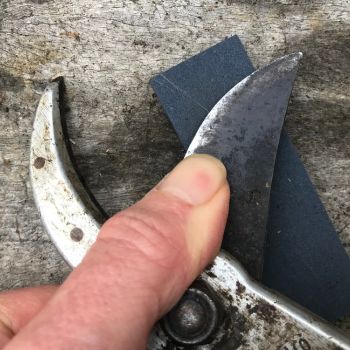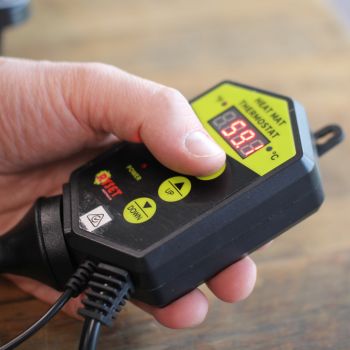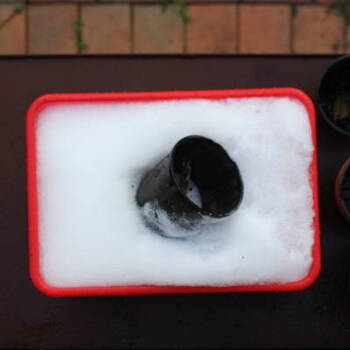Great gardening is about knowledge and experience rather than using the latest, most expensive tools. But it's also true that your essential tools work best when they're kept in good condition. This is particularly important for cutting tools, from secateurs to shears, where a sharp edge makes gardening life easier in many ways.
Sharp tools cut more cleanly, reducing the damage and infection risk to plants when pruning or harvesting. They also need less force to cut, reducing the strain on both the tool and the gardener. And lastly, sharper tools are actually safer to use, as they can be controlled with precision rather than wielded with brute force.
Keeping a tool sharp is easiest when it's done a little and often as part of your gardening routine. Regular maintenance is far better than needing to rescue a badly blunted tool, which if it can be done at all, sometimes means visiting a professional sharpening service with the cost that goes with it.
Luckily, sharpening secateurs, shears, knives, scissors, and many other gardening tools is straightforward using a specialised sharpener tool. Usually made from tungsten carbide, the second hardest natural material after diamonds, a multi tool sharpener makes honing a secateur blade quick, easy, and inexpensive. And unlike using many mechanical blade grinders, there's no need to disassemble the secateurs first.
Here's what to do.
- First, if the blade has any signs of rust, grime, or sap buildup, clean it using steel wool or emery paper. A spotless blade will sharpen more quickly and easily, and will help keep your sharpener tool in good condition.
- Next, take the secateurs and open them up as if you were about to make a cut. Most secateur designs have a bevelled cutting blade and a thicker, blunter guiding blade. It's the bevelled edge that you want to sharpen, while keeping its gradient intact.
- Hold the tool at a right angle to the secateur blade. Place the tungsten sharpening edge on a slant so that it matches the bevelled edge of the secateurs' cutting blade.
- Slide the sharpener along the edge, firmly but not with too much pressure, moving from the hinge end outward. Sharpening in this direction means you won't accidentally hit the hinge and risk damaging it.
- Repeat the movement two or three times, or maybe a few more for particularly blunt blades.
- If your blade was in good condition to start with, it should now be properly sharpened. However, any small nicks or dents might need a little extra attention to smooth them out. Using the tool at the same angle as before, make short back-and-forth movements over the damaged area until any roughness has gone, then give the whole blade a final sharpen for good measure.
- Lastly, rub a little oil onto the sharpened blade edge to protect it from rust. Many tools have inbuilt oiling pads for convenience, but if yours doesn't, use a clean rag and a little ordinary lubrication oil.
This simple sharpening process will soon become second nature, and can be done in seconds at the end of every gardening session. It's a habit that's well worth getting into, as it'll keep your tools working at their best for years to come.
Buy Tungsten Multi-Sharpener Tool here.


